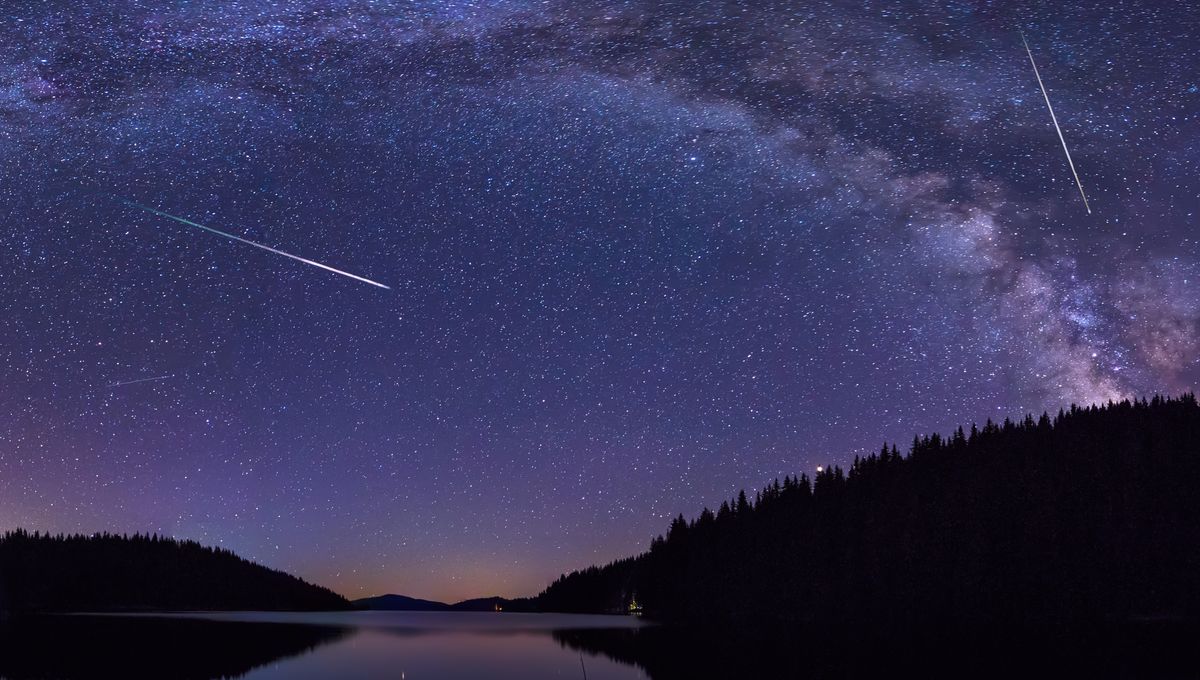
The Perseid meteor shower, the best of the year, is set to peak on Saturday, August 12 with an expected 40 meteors an hour. The Perseids is one of the most prolific meteor showers and this year the conditions are perfect to view the fireworks.
The rate per hour of this shower can reach 100 meteors an hour in good years, and while it might not get quite as high this time, the Moon won’t be in the way of a good show like it was in 2022, as it’s in a waning crescent. According to NASA, people in the Northern Hemisphere should be able to see around one meteor every two minutes.
“People in the U.S. can reasonably expect to see around 40 Perseids in the hour just before dawn on the peak nights. That’s about one every couple of minutes, which is not bad,” Bill Cooke, who leads NASA’s Meteoroid Environment Office, noted in a blog post. “However, we are assuming you are out in the country, well away from cities and suburbs.”
The best way to see them is a dark, clear sky and some time to let your eyes adjust to the darkness (so no phone screens). While the meteors appear to radiate from the constellation of Perseus, which rises in the northeast, they can be seen in every direction. People on the other side of the equator have a better chance to see the Southern Delta Aquarids, although their peak was almost two weeks ago.
Meteor showers are the scattered fragments of comets or asteroids that have been left in the path of Earth as it travels on its orbit. This meteor shower’s parent body is the periodic comet Swift-Tuttle. This cosmic block of ice visits the inner Solar System every 133 years. As it comes close to the Sun it evaporates, releasing the debris as part of its long tail, and the part that crosses Earth’s orbit becomes the Perseids meteor shower.
The Perseids have another peculiar record. It’s the only meteor shower to delay the launch of a space shuttle. Thirty years ago, the forecast showed a pretty heavy shower across the whole period of the Perseids, from July 14 to September 1. Originally planned to launch in mid-July, a series of scrubs led the launch window into the active part of the Perseids, pushing back the launch. The space shuttle Discovery eventually launched on September 12, 1993.
If the weather is not on your side this weekend, but you still want to watch the spectacle you can do so via the Virtual Telescope Project. The UK Radio Astronomy Meteor Beacon also allows people to watch and listen to the meteors as they ping across the sky.
Source Link: Perfect Conditions To See Perseids Sparkle In The Night Sky This Weekend